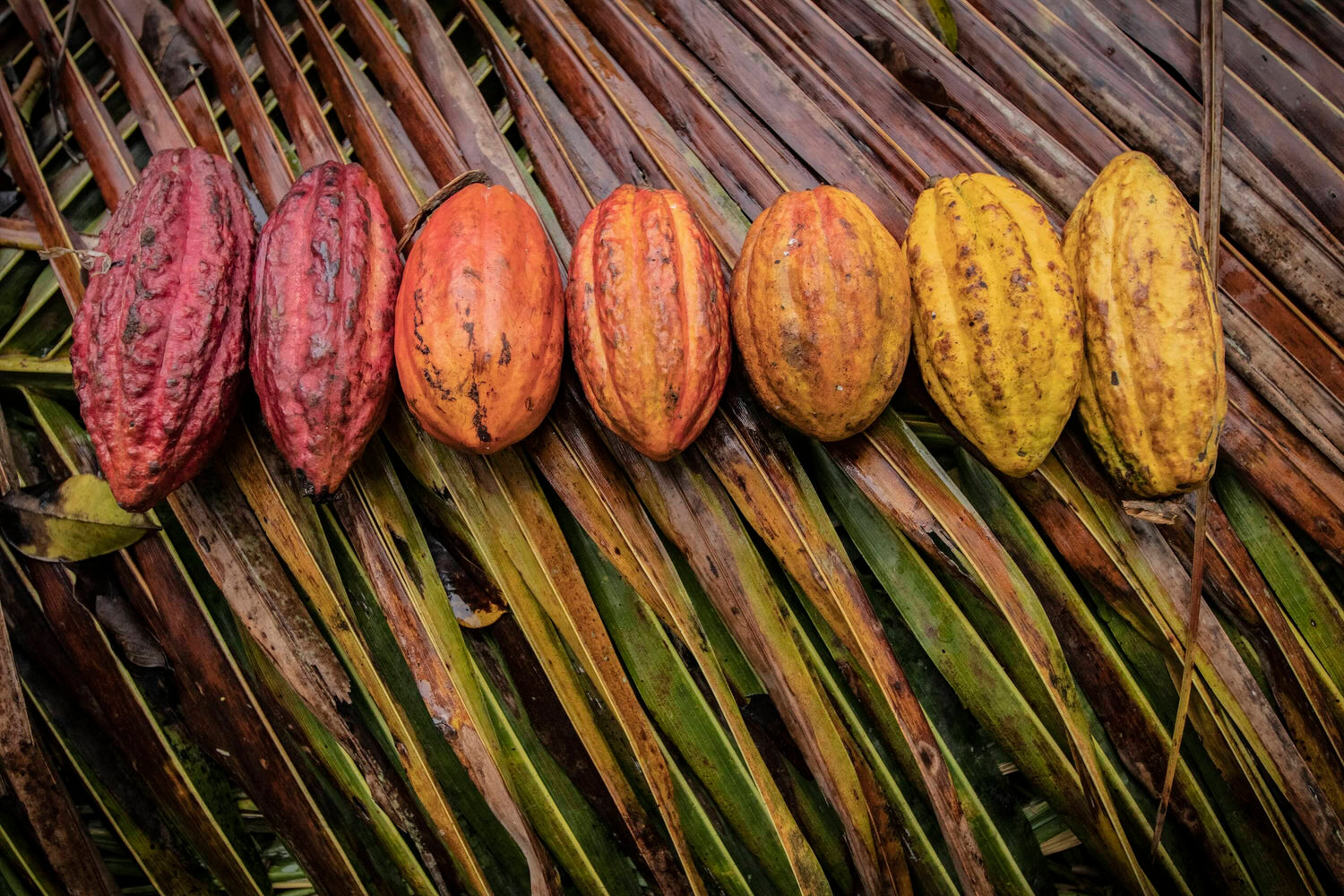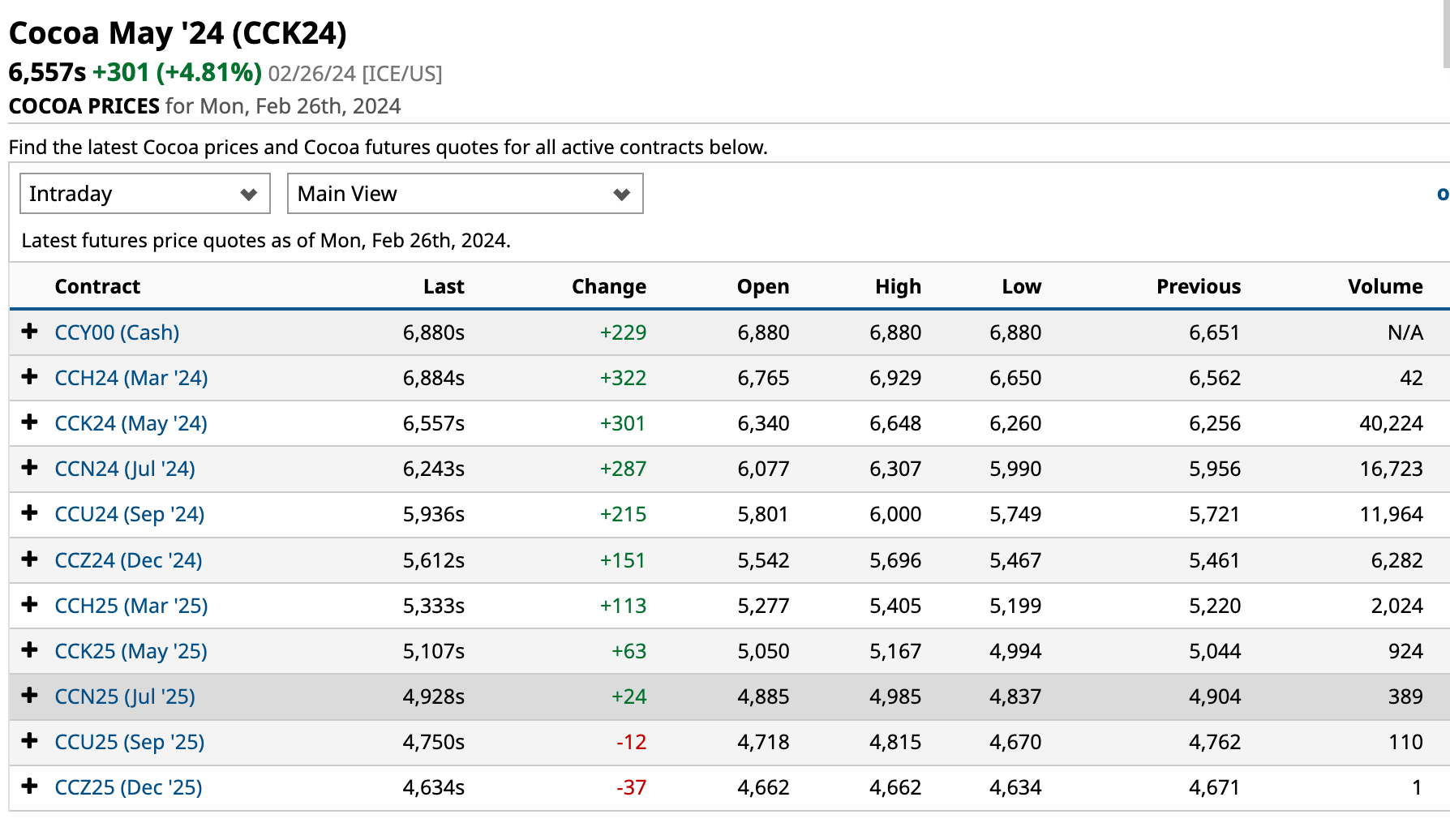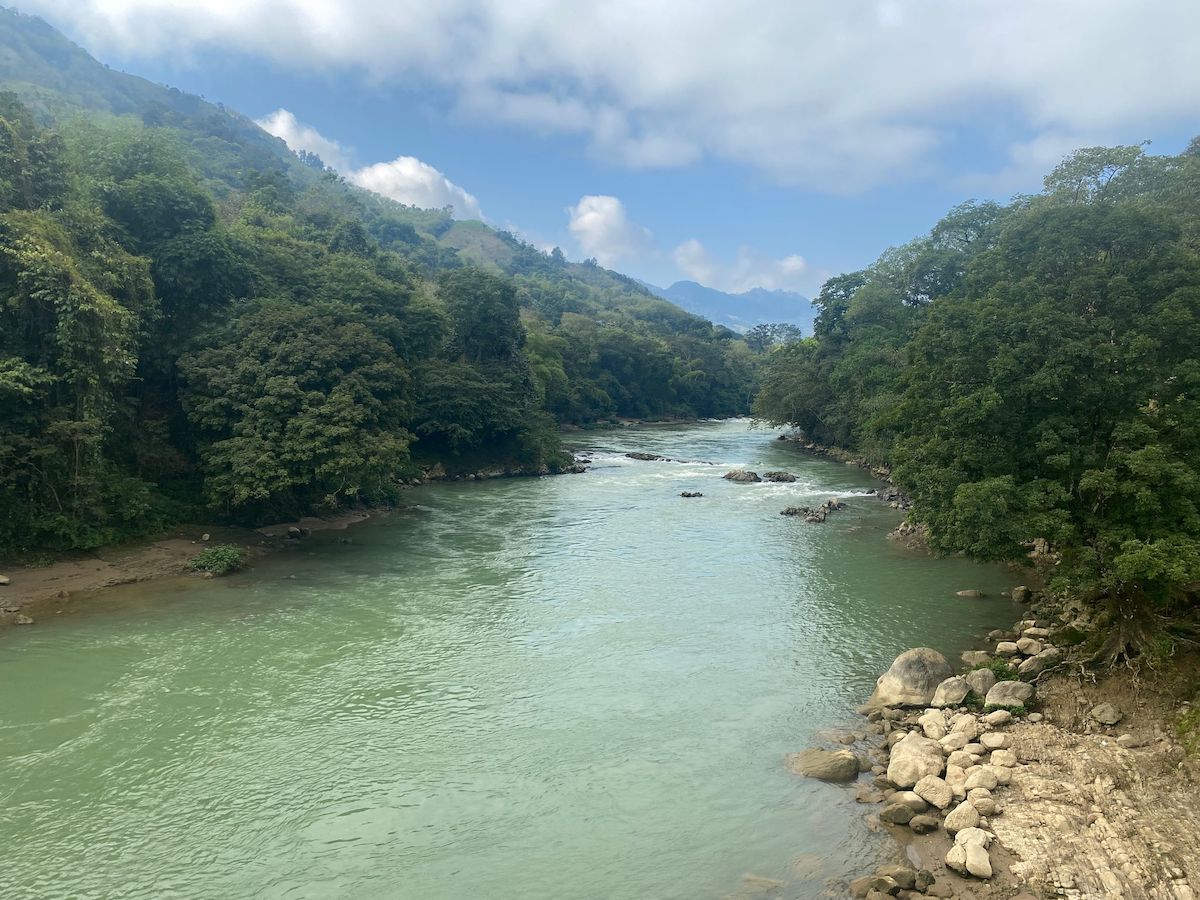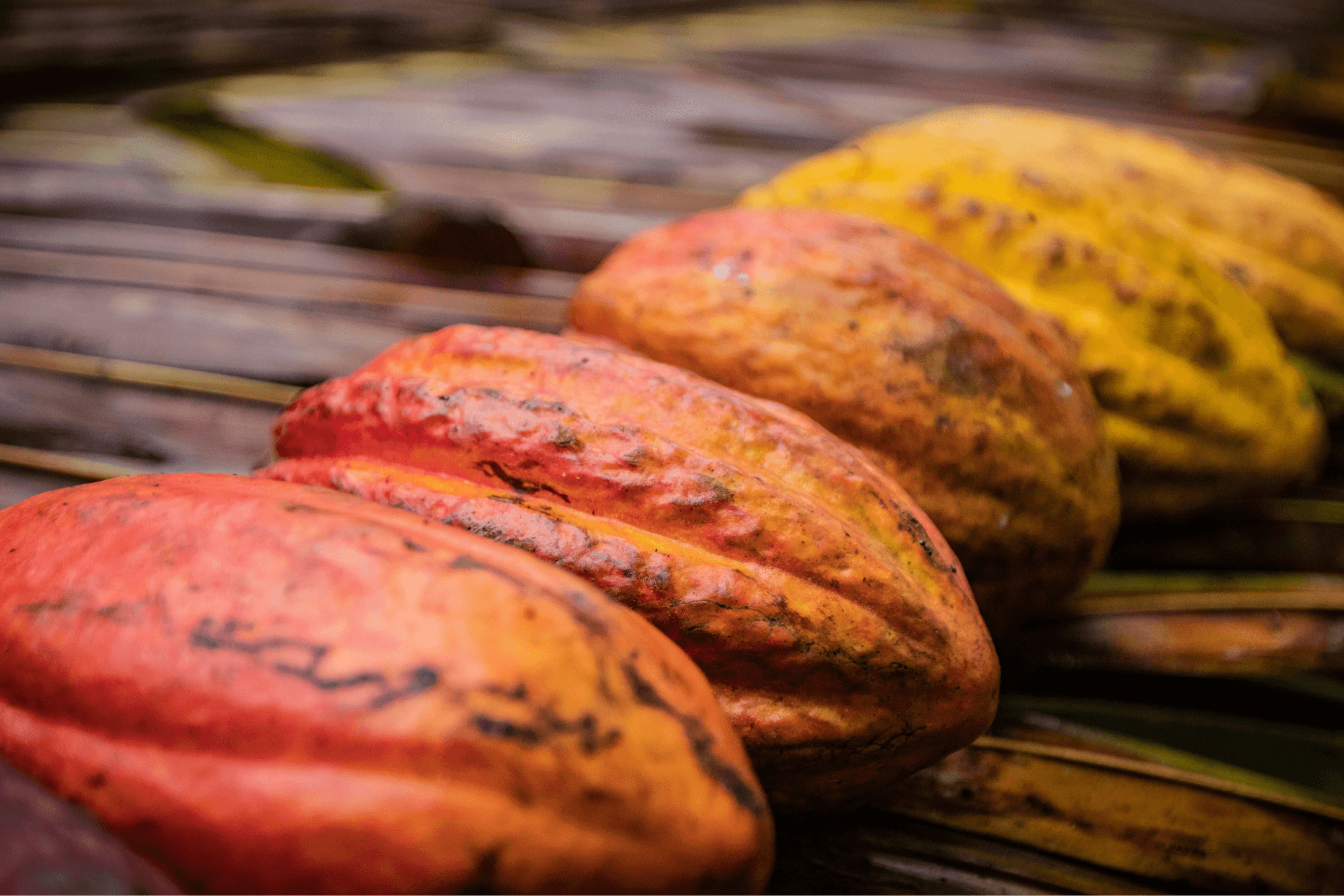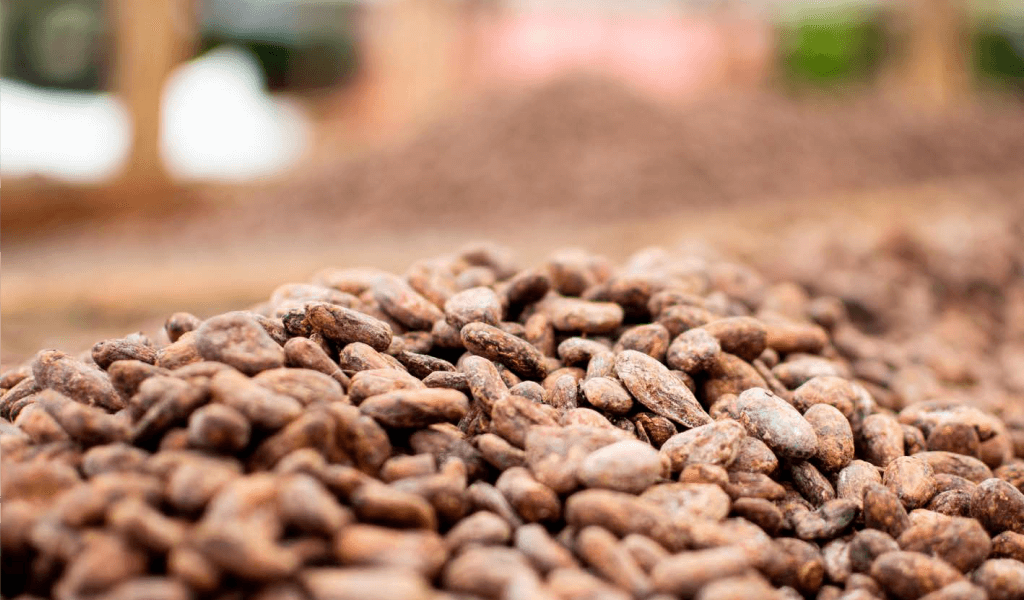The Complexities of Cacao Selection, Production and Process:
Is the best cacao innate or acquired?
Cacao, with its rich history spanning millennia, is the product of labor intensive cultivation and empirical selection by farmers. The journey of cacao begins with the selection of the right genetics, as different cacao varieties exhibit unique flavor profiles and characteristics. Most known “varieties”, are in fact groups named after phenotypic observations, made by farmers long before genetics was discovered. These groups are Forasteros and Criollos, supposedly prized for its delicate flavors and rarity. Each variety offers a distinct palette of flavors and aromas. Over the years there have been a lot of crossing/hybridation by nature or by the farmer. With different purposes: resistance to specific diseases or pests, productivity, adaptation to specific environments or climate conditions, and/or flavor improvement. These hybrids, often mislabeled as simple “Trinitarios” but in fact with highly diverse genetics in their mix, are the varieties behind the vast majority of the “Fine cacao” or “Specialty cacao “ production
In the end, like any crop in the world, the process of selection is always a conjunction of production factors and market access. This is where the identification of the genetics is essential in order to continue a long process of identification that started millennia ago. In this area, the Heirloom Cacao Preservation Fund acts in this regard, highlighting and promoting unique cacao cultivars through their flavors.
So… Nature or nurture?
The best genetics or cacao selection requires skilled farmers to express their potential.
Once planted, cacao trees require nurturing care and attention from farmers. Whether nestled in the shade of rainforests or basking in the tropical sun, cacao trees thrive in diverse environments, each contributing to the nuanced flavors of the beans they produce. The production requires experience and skills to maintain a farm in the best possible conditions. Farmers have to react and adapt to their environment, and possibly also the impact of Climate change. The process of harvesting cacao pods is a labor-intensive endeavor, requiring skill and precision to ensure optimal ripeness and quality.
Producing techniques in the cacao industry have been left as is for a long time. Good Agricultural Practices or GAP have been developed and shared but are they adapted? It is often a one size fits all topic which we know by essence due to the diversity of the cacao biotopes. Most of the time knowledge is shared with the experience, while working in the family farm, a farmer acquires the technical knowledge. In most cacao producing countries, a farmer becomes a cacao farmer because their parents were cacao farmers. He will probably inherit their habits and practices whether they are good or not, and it is often hard to change and adapt to new techniques and knowledge.
The technical knowledge is also mostly driven by productivity, production and yields, which is often the only evaluation that farmers can conduct. Flavors are rarely evaluated at farmers level.
Following the cacao harvest, cacao undergoes a series of post-harvest processing steps that are critical to unlocking its full flavor potential. Fermentation is a natural dual step conducted by yeast and a microbial process. It initiates biochemical changes within the cacao beans, enhancing their flavor and aroma profiles. Subsequent drying step further refines the beans, resulting in the rich and complex flavors cherished by chocolate connoisseurs worldwide. This is why most of the recognized specialty cacao are processed centrally in fermenteries owned by farmers groups or export entities that apply renowned methods in order to make the most of every fresh bean they process. This brings consistency that is critical in order to gain in fame and quality recognition. Taking a wine example in Burgundy (I am French, nobody’s perfect), what makes Gevrey Chambertin one of the best wines in the world sits in its unique flavor, but also in the consistency of harvest and post-harvest year over year. A lot of this comes from its specifications and consistent process.
Understanding Market Dynamics: Do high prices always reward quality?
The current volatility in the market is affecting all parts of the cocoa industry and production globally in different ways.
The global cacao market is a complex ecosystem shaped by a multitude of factors, ranging from historical legacies to consumer preferences. Regions like Chuao in Venezuela and Belize are celebrated for their unique terroir, which imbues their cacao beans with distinctive flavor notes ranging from fruity and floral to nutty and earthy. These specialty origins command premium prices in niche markets, attracting discerning chocolate makers and connoisseurs alike.
In contrast, bulk cacao from West Africa, particularly countries like Ivory Coast and Ghana, dominates the global market due to its abundance and affordability. This mass-produced cacao serves as the backbone of the chocolate industry, supplying the raw material for countless chocolate bars and confections consumed worldwide. While West African cacao may lack the terroir-driven flavors of its specialty counterparts, its scale and consistency make it an indispensable raw material in the global chocolate supply chain.
Though in these unprecedented times in the cacao market industry, it is common to see bulk prices overpassing specialty prices because of the lack of offering. This presents a challenge in terms of associating quality with price, and particularly for specialty cacao, will require even higher prices in order to incentivize the efforts of producers to meticulously develop high quality flavor and characteristics in the cacao.
Is there a reward for Biodiversity in quality?
Despite its economic importance, the cacao industry faces pressing environmental challenges that threaten its long-term sustainability. Deforestation, driven by the expansion of cacao plantations, poses a significant threat to the biodiversity of cacao-producing regions. The loss of forest cover not only disrupts fragile ecosystems but also exacerbates climate change by releasing stored carbon into the atmosphere.
Efforts to combat deforestation and promote sustainable land management practices are underway, but progress has been slow and uneven. Initiatives such as agroforestry, which integrates cacao cultivation with native tree species, offer promising solutions for preserving biodiversity and mitigating environmental degradation. However, addressing deforestation requires collaboration and commitment from all stakeholders, including governments, farmers, and chocolate companies.
The best way to protect the forest from deforestation is by just protecting it. The recent rise of the market for cacao is a factor that could drive more deforestation because farmers and communities could be tempted to plant more cacao trees to benefit the gold rush situation. The evolution of production in West Africa has been driven historically by these kinds of factors. The enforcement of EUDR is hopefully enough of a threat to discourage farmers from expanding into forested areas; but only time will tell.
Many high priced beans (in a standard market) are proceeding from areas, farms and farmers organizations that value their environment. There is a new initiative, Smithsonian Bird Friendly certification, which goes far beyond any organic, regenerative, or rainforest certification to incentivize biodiversity and preservation of the canopy systems within agroforestry. Uncommon Cacao is excited to be partnering with a new Bird Friendly certified producer and sharing this cocoa with you soon.
Conclusion:
In conclusion, the world of cacao is a complex tapestry woven from the threads of genetics, farming practices, market dynamics, and environmental stewardship. While there may be no singular "best" cacao, each origin contributes its unique flavors and stories to the rich tapestry of chocolate. Even the finest cacaos in the world wouldn't be as delightful without the incredible craftsmanship of craft chocolate makers, who turn every bean with passion and expertise into exquisite and delicious masterpieces. By embracing the complexities of cacao production and market dynamics, we can savor not only the taste of chocolate, but also the cultural heritage and environmental legacy embodied in every bite. I would quote the saying: “the best cacao in the world is the one that you like”.
Love and eat the chocolate you like.
-Ben
